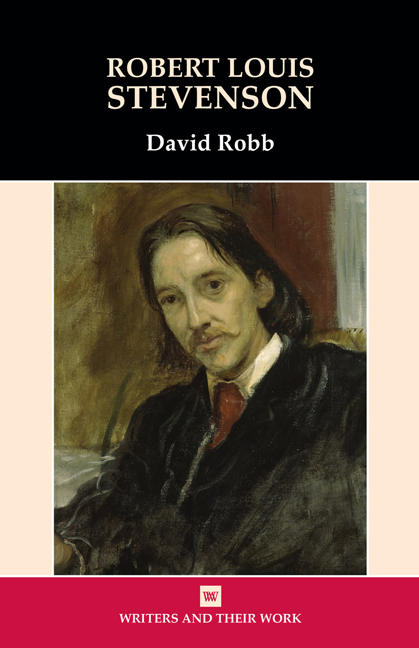Book contents
- Frontmatter
- Dedication
- Contents
- Acknowledgements
- Biographical Outline
- Abbreviations and References
- 1 Introduction: Travels With and Without a Donkey
- 2 ‘A brilliant and romantic grace’
- 3 ‘So easily the master of us all’
- 4 ‘Voices in the Darkness’
- 5 ‘Under the wide and starry sky’
- Notes
- Select Bibliography
- Index
1 - Introduction: Travels With and Without a Donkey
- Frontmatter
- Dedication
- Contents
- Acknowledgements
- Biographical Outline
- Abbreviations and References
- 1 Introduction: Travels With and Without a Donkey
- 2 ‘A brilliant and romantic grace’
- 3 ‘So easily the master of us all’
- 4 ‘Voices in the Darkness’
- 5 ‘Under the wide and starry sky’
- Notes
- Select Bibliography
- Index
Summary
Between 22 September and 3 October 1878, Stevenson walked through the Cevennes, in the south of France, taking refuge in a solitary holiday soon after the departure of Fanny Osbourne for America. He had fallen in love with the married, but soon to be divorced, American, whom he would eventually marry in May 1880 after a far more arduous and health-threatening journey from Scotland to San Francisco to re-join her. The French walking holiday was his response to her sudden return home at her distant husband's bidding, and was his attempt to deal with the depression which overcame him at their separation. The result was a small book which proved to be his first noticeable success with readers and critics. Travels with a Donkey in the Cevennes was written on the basis of the diary he kept on his trip, in December 1878 and January 1879, and was published in June of that year. Under its surface of gracefulness and humour, it covertly expresses his sad longing for the woman with whom he had begun a very intense relationship.
Travels with a Donkey is well worth reading for its own sake, but it can also serve as an introduction to Stevenson because it foreshadows much that emerges in his writing career as a whole. To some extent, this is accidental: the book is short and so was Stevenson's lifetime before the public. Only fifteen years separate the publications of Travels with a Donkey and The Ebb-Tide. Other similarities seem a little more embedded in Stevenson's writing personality.
The motif of travelling is obvious, of course. Stevenson was one of British literature's great travellers. His adult life saw him constantly re-locating both within and outside Britain, often for reasons of health, and few other writers can match the apparent boldness of his settling in Samoa for the final phase of his life. Our consciousness of the various places Stevenson lived in is a fundamental part of our sense of Stevenson himself: where many great nineteenth-century writers are associated in our minds with individual environments (Dickens with London, George Eliot with the Midlands, the Brontës with Yorkshire, etc.) Stevenson lived in a considerable diversity of places, all of which left their mark on his writing: Edinburgh, an artist ‘s colony in France, the south of England, California, New York State, the South Seas.
- Type
- Chapter
- Information
- Robert Louis Stevenson , pp. 1 - 6Publisher: Liverpool University PressPrint publication year: 2014



